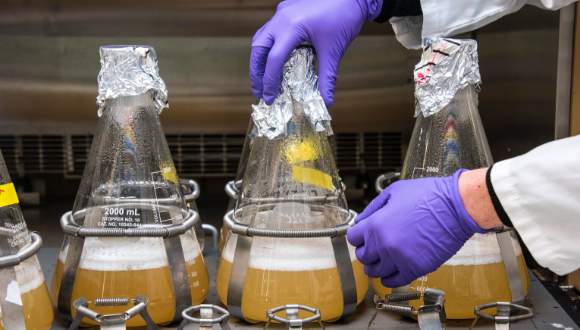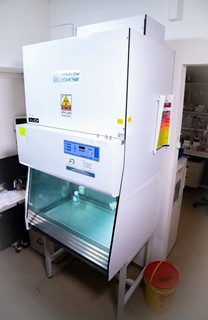Guidelines for pathogen exposure
Biological safety cabinets (BSCs) are used as primary containment devices in laboratories working with infectious agents and considered the most effective
Table denote BSC classification and use
|
Classes of Biosafety Cabinets (BSC) |
Personal protection |
Product protection |
Environmental Protection |
Use |
|---|---|---|---|---|
|
Class I |
Yes Inward air flow through sash opening |
No Unfiltered room air is drawn across work surface |
Yes Exhaust air is HEPA-filtered |
Not use for biological agents |
|
Class II A1, A2, B1, B2 |
Yes Inward air flow through sash opening |
Yes By HEPA filtered air Drawn down onto work Surface Room air kept away |
Yes Exhaust air is HEPA-filtered |
Most common class BSC class Type A2 Use to handle biological material, tissue culture, biological toxins, Biohazardous agents |
|
Class III (Glove box) |
Yes Complete Containment of interior work area |
Yes HEPA filtered air is supplied to work surface Total containment Keeps room air out |
Yes Exhaust air is double HEPA-filtered |
Provides the highest level of containment for handling the most dangerous biological agents
|
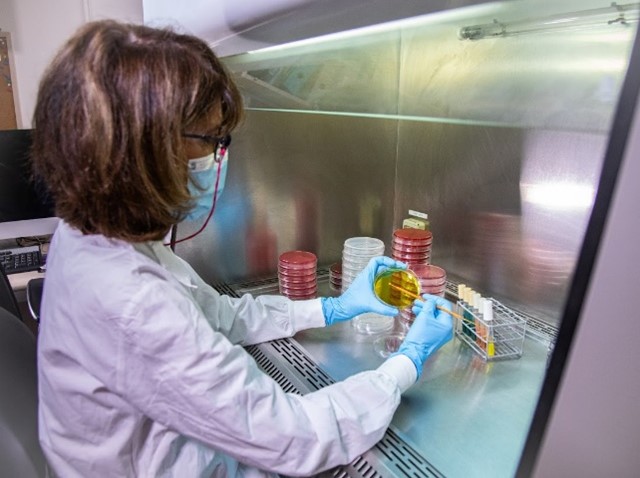
Microbiology and tissue culture practices in Biosafety cabinet
Biosafety cabinet (BSC)
Biosafety cabinet (BSC, biological hood)
Is a ventilated enclosure offering protection to the user, the product and the environment from aerosols arising from the handling of potentially hazardous microorganisms. Properly maintained Class I and II BSCs, when used in conjunction with appropriate microbiological techniques, provide an effective containment system for safe manipulation of moderate and high-risk microorganisms. The continuous airflow is discharged to the atmosphere via a HEPA filter. Class II A2 is the most common class of BSC and used to handle specimen material, biological toxins, cell tissue culture and biohazardous agent. Last inspection in the building was on 03.09.2020. Exhaust air is HEPA-filter. Cabinets should be inspected once a year.
Biosafety cabinet practices
1. Plan procedures carefully
2. Start-up the biosafety cabinet 5-10 minutes before work
3. Decontaminate the cabinet with disinfectant before and after work is completed
4. Wear gloves and long sleeved lab coats
5. Do not overload cabinet. Separate clean from contaminated items (work from clean to dirty)
6. Protect vacuum system by trap
7. Avoid disruption of airflow (turbulence); extra items storage and movement in and around the cabinet
8. Perform work 10-15 cm back from the front intake grille
9. Do not block the back grille
10. Avoid use of flame. Turbulence and filter damage may occur
11. Avoid use of UV light. Germicidal effect drops off with the age of UV light, overuse, UV light cannot penetrate in all the contents inside the cabinet (plastic, dust disturbs). Exposure results in severe eye and skin damage
12. Check the hood periodically
Guidelines for pathogen exposure
Mucous membranes, eye and mouth: they are sensitive when exposure to pathogens (blood or body fluids)
- Emergency eye wash and safety shower station are essential equipment for every laboratory that uses chemicals and hazardous substances
- If exposure occurs like blood splashes, biological, chemical material or objects, irrigate the eyes in eyewash station for 15 minutes holding the eyes open
Hands and skin exposure
- Wash under water for 15 minutes, then wash with antiseptic soap
- Cover with a clean dry dressing and add polydine oinment
- Follow signs of inflammation
Needle accidents or sharp instruments: single exposure containing human and mice cells, human and mice serum/blood
- To avoid needle accidents: NEVER RECAP the needle
- Wash under water for 15 minutes, then wash with antiseptic soap
- Cover with a clean dry dressing and add polydine oinment
- Follow signs of inflammation
- Note Seroconversion table
- Report immediately for antiviral prophylaxis
Pathogen exposure risks
|
Biological material/Pathogen |
Exposure risk/Rate of Seroconversion positive needle stick |
|---|---|
|
Hepatitis B (HBV) |
30% |
|
Hepatitis C (HBC) |
3% |
|
Human immunodeficiency virus (HIV) |
0.3% |
|
Human, mouse cells |
Very low probability for cells entering the blood stream |
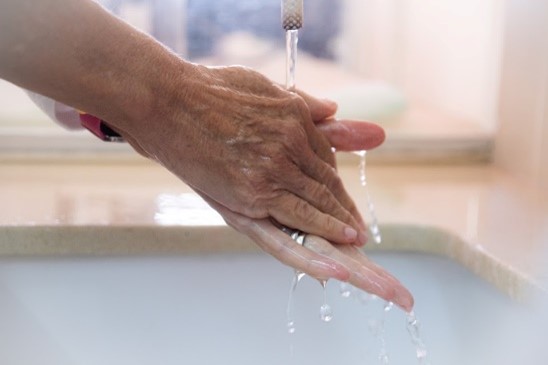 |
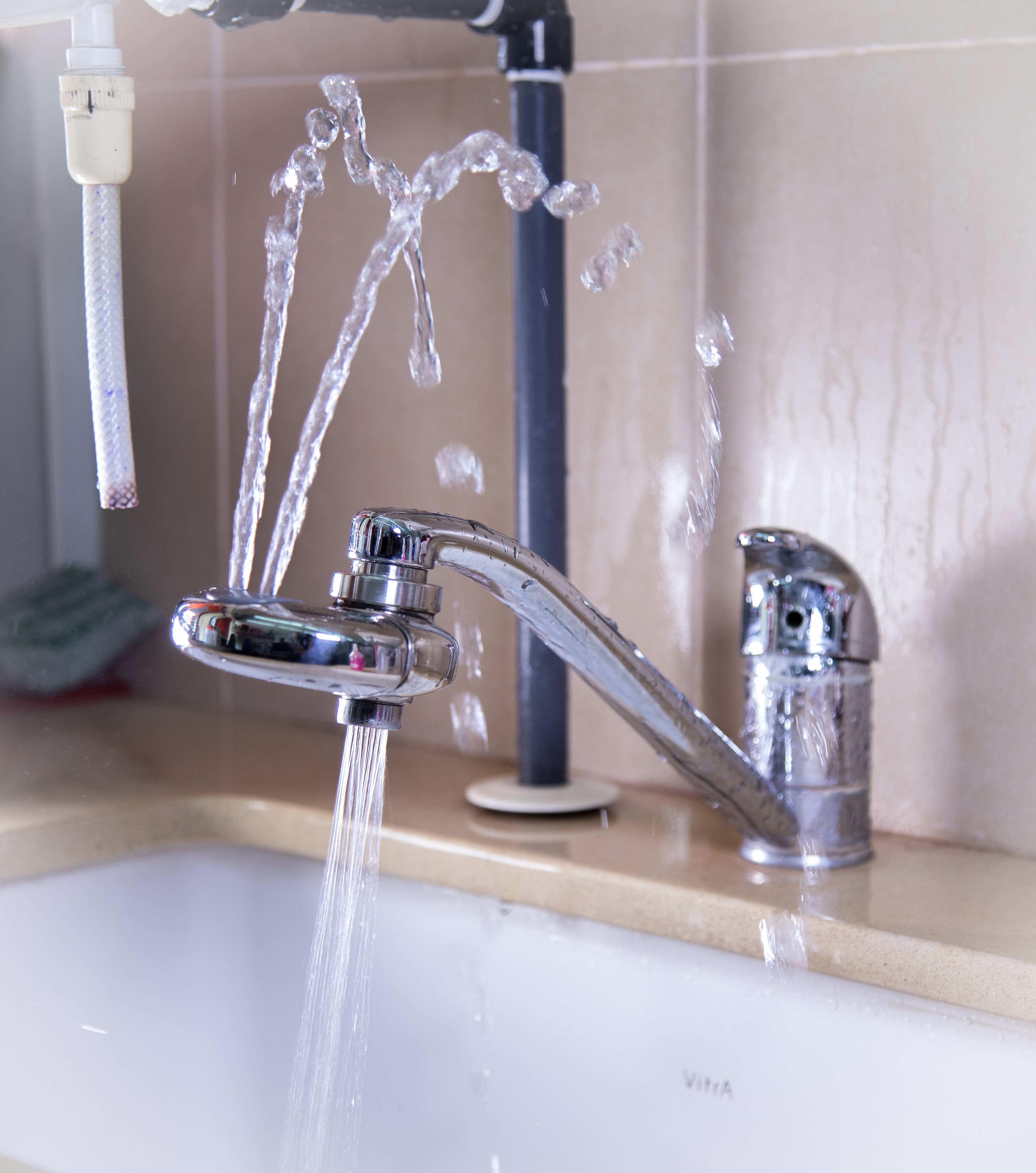 |
 |
|
Hands wash
|
Irrigate your open eyes for 15 minutes when chemical/biological material exposure | Eye wash station |
In case of emergency
Report immediately (filling the form for worker or student). Inform the Faculty of Medicine Safety Officer and Safety Unit

